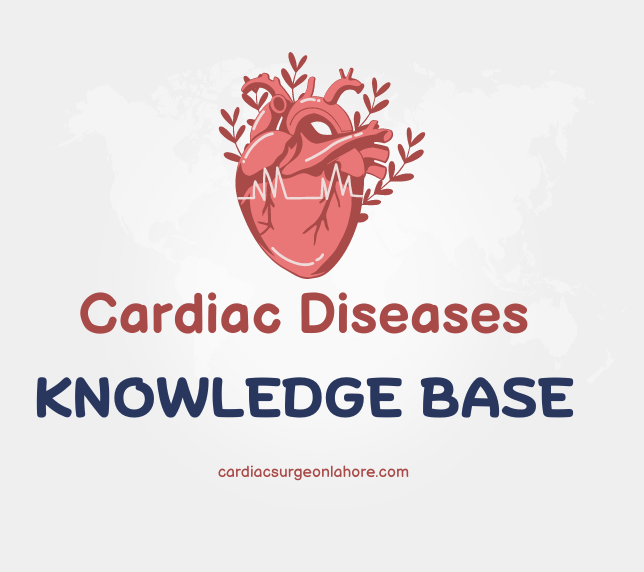
Get to know some common cardiac diseases!
Common Heart Diseases
Common cardiac diseases encompass a range of conditions affecting the heart’s structure and function, including coronary artery disease and valve disorders.
“Heart Health Matters: Confronting Cardiac Challenges Together.”

Improving the quality of your heart!
Are You Looking For a Cardiac
Consultation?
Our FAQ
Frequently Asked Questions?
01. What are the main causes of cardiac diseases?
Cardiac diseases are often caused by factors like high blood pressure, high cholesterol, smoking, obesity, diabetes, and family history.
03. What symptoms should I watch for with heart disease?
Common symptoms include chest pain, shortness of breath, fatigue, irregular heartbeat, and swelling in legs or feet.
05. How is coronary artery disease different from a heart attack?
Coronary artery disease is the narrowing of arteries; a heart attack happens when an artery is blocked, stopping blood flow to the heart muscle.
07. What lifestyle changes can prevent heart disease?
Eating a balanced diet, exercising regularly, avoiding smoking, managing stress, and controlling blood pressure and cholesterol are effective preventive steps.
09. What is the role of cholesterol in heart disease?
High cholesterol leads to plaque buildup in the arteries, restricting blood flow and increasing the risk of heart disease and heart attacks.
02. How can I reduce my risk of a second heart attack?
Following medical advice, taking prescribed medications, making lifestyle changes, and attending cardiac rehab can help reduce the risk.
04. Can cardiac diseases be cured?
While many cardiac diseases are manageable with lifestyle changes and treatment, some may require lifelong management rather than a cure.
06. What tests diagnose cardiac diseases?
Tests to evaluate heart function and detect blockages include ECG, echocardiograms, stress tests, angiograms, and blood tests.
08. What is cardiac rehabilitation, and why is it important?
Cardiac rehabilitation is a structured program that includes exercise, education, and counseling to help patients recover after heart surgery or a heart attack, improve heart health, and reduce the risk of future heart problems.
10. What is the role of heart medications in managing cardiac diseases?
Medications like blood thinners, statins, beta-blockers, and ACE inhibitors help control symptoms, lower blood pressure, reduce cholesterol, and prevent complications in heart disease management.











